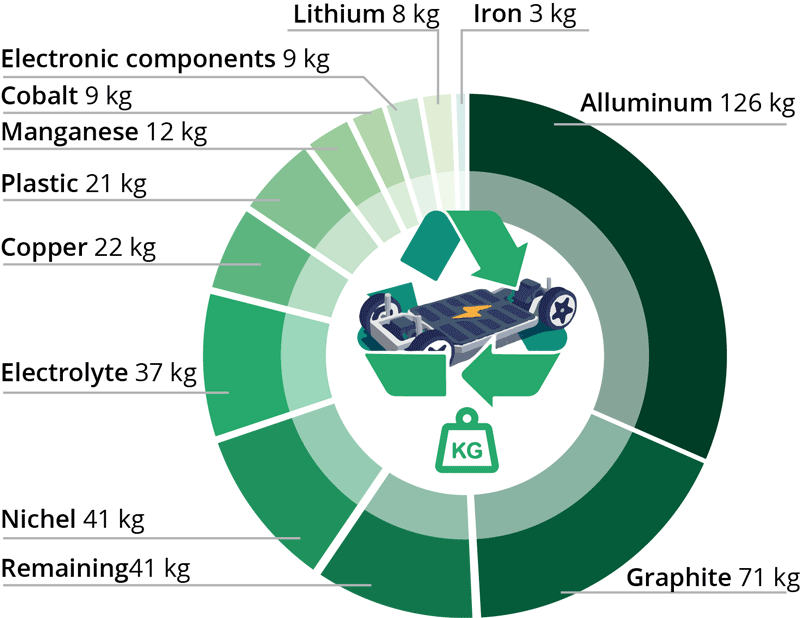There are many doubts and questions about electric car batteries, from the risk of damage during charging, from the price, from the battery life cycle or the possible reuse and much more. Here are the most common Q&A.
Will small partial recharges damage the e-car’s batteries?
Small partial recharges do not damage the batteries at all. The modern lithium batteries have no memory effect and partial recharging cycles do not change the total storage capacity; indeed, it is recommended to keep the charge level between 30% and 70% to make the battery last longer.
Does high power charging damage the batteries?
High-power charging certainly introduces thermal stress to the batteries due to the electrical resistance of the components and the batteries themselves.
However, manufacturers design adequate cooling systems (or better conditioning) of the battery pack to avoid high thermal excursions, even in the case of extremely low external temperatures.
When recharging from high-power systems, if possible, it is advantageous to limit recharging to values below 100%.
Has the price of batteries really gone down?
It is well known that lithium batteries are the component that has the greatest impact on the cost of an e-car; however, there is still a gradual and marked decrease in prices: already in 2020 prices fell by more than 10% compared to the previous year and it is estimated that in the last decade the decline was almost 90%.
In absolute value, Bloomberg NEF analysts estimate the price of a battery pack to date at around $ 140 / kWh, estimate that in 2024 the fateful threshold of $100 / kWh will be crossed, which will probably halve in the next 10 years.
At the end of the car’s life, can the batteries still be used?
What in English is called “second life” for batteries could be really applicable: when the e-car has reached the end of its life, the batteries could still guarantee a certain capacity to store energy which, however, it would not be convenient to exploit again in automotive sector, which requires high performance, but in the so-called stationary sector.
Stationary batteries
Stationary batteries store energy (ESS/BESS) produced by renewable plants, both at home and in the distribution networks, and deliver it when necessary.
Neither high performance nor low weight are required and several international players are already preparing for this new challenge.
Then, when the second life of the batteries is over, the batteries can be sent for recycling and make available the recoverable raw materials.
The graph indicates, indicatively, the weights of the raw materials contained in a e-car batteries with a total weight of approximately 400 kg.
To date, recycling technologies are not yet mature, there are several studies and projects to improve this aspect.







